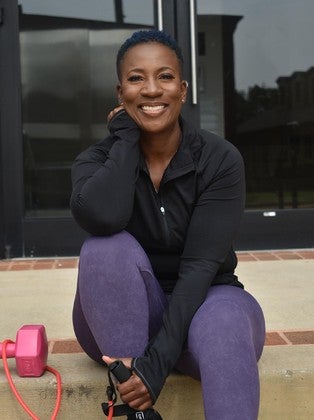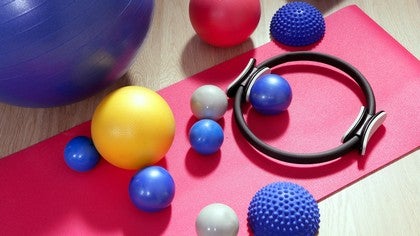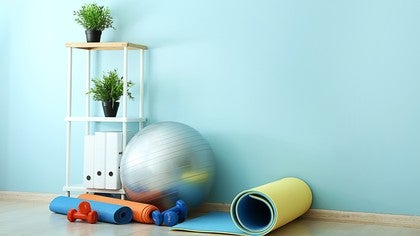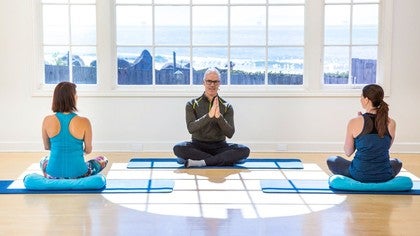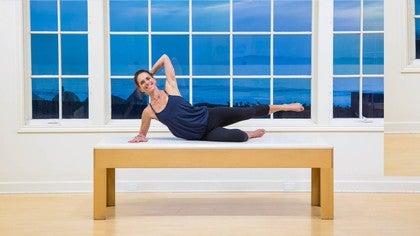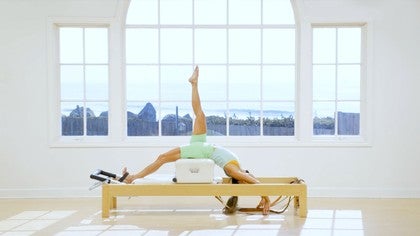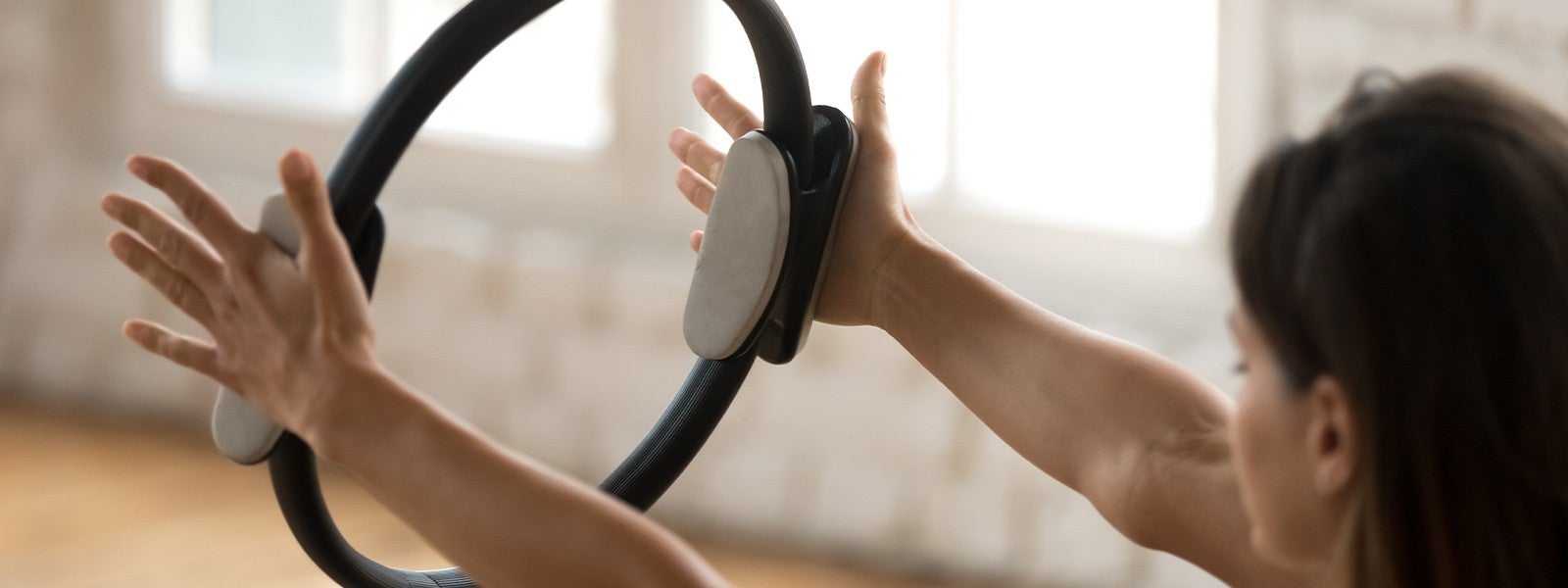
The Circle That Does It All
The Magic Circle is arguably the most recognizable and versatile Pilates prop. What’s less well known is the history of this brilliantly simple object. Who invented it and why? What are its ideal uses? And, perhaps most important, why do teachers like myself seem to have an unlimited imagination when it comes to creating exquisitely challenging ways to use this prop?
Legend has it that Joseph Pilates created the first Magic Circle from the metal rings that encircle wooden beer barrels, which would have been easy to find and repurpose in early 20th Century Germany. While doing my research for this article, I discovered that there is no shortage of origin stories about the Magic Circle (the invention of the Reformer has also inspired a rich and varied back story). What we do know for certain is that using the Magic Circle wrings even more work from the Pilates exercises. Regular use of the Magic Circle can improve body awareness, increase resistance, and add challenge by creating instability.
The Magic Circle | The Pilates Prop That Does It All
The Magic Circle is usually made of flexible metal or rubber. The original Magic Circle, as well as faithful reproductions, are made of tempered steel. Modern versions are commonly made of rubber or metal with a rubber coating, which gives them a slightly squishier feel and offers less resistance than all-metal rings. The classic size is thirteen inches in diameter, although larger and smaller sizes are also available. For comfort, there are padded grips on either side, making them quite a step up from a ring from a beer keg. Stott, Aero Pilates, Power Systems, Peak Pilates, Gratz, and Balanced Body all make their own versions.
Rubber models tend to be on the softer side or too “mushy” and can be less challenging if you are already a stronger person who wants a muscular challenge. If the Circle is being used for just mild resistance and as a tool for body awareness and placement then the rubber and/or lighter ring could be a better fit. I find that body composition affects which Circle is right for a person. Some of the bigger Circles are just harder to maneuver for people with smaller or shorter legs. It’s a game of trial and error.
The compact size and range of choices in terms of size, material, and price have made the Magic Circle an accessible and affordable prop. It has become even more popular as online Pilates workouts have boomed during the pandemic. Instructors can offer a very challenging workout using only a single prop, and it happens to be one that their students at home can either hang on a peg or slide under a couch when it’s not in use.
My students who may have once snickered at the Magic Circle (or, as they like to call it, the “Thigh-Master”), have learned that it’s a versatile and mighty piece of Pilates equipment. The Magic Circle is a fantastic way to work on the abductors and adductors (inner and outer thigh muscles), but it can be used for so much more.
I asked some of my favorite Pilates instructors how they use the Magic Circle with their clients:
Martin Reid of Reid Method Pilates and the popular Core Conversations podcast located in Mississauga, Canada stated he not only uses the Magic Circle for strength and stretching challenges, but also uses it for symmetry challenges. He said, “My athletes are impacted by one-side dominant sports, like pitchers in baseball, and this helps to bring the body back into balance."
Mychele Sims of Get 2 Werk Fitness in Los Angeles says she loves using it during the series of five on the Mat. “At the start of the series, I have them place the ring overhead, placing the handle on the occipital area of the back of the head and the hands placing even pressure on the opposite handle to help find length and support during the exercises. There are many opportunities for true connection to the powerhouse because of the controlled focus. It’s a killer!”
Tabatha Koylass of Tab Pilates in Chicago said, “The Magic Circle is great for teaching awareness of your arms to your shoulders and your shoulders to your back in many exercises. I actually use it a lot in spine stretch and also for trunk stability in side-lying.” Tabatha, like Mychele, mentioned using the circle around the head for chest lift as she says it helps to teach neutral cervical spine. She also added that the Circle is a great tool to assist with supine and prone leg stretches including hamstrings, abductors, adductors, quadriceps, and the TFL.
The Magic Circle can revitalize both our Pilates practice and teaching. Even familiar exercises take on an entirely different feel and challenge us in new ways when we add this trusty prop into the mix.
Magic Circle for the win.
Comments
You need to be a subscriber to post a comment.
Please Log In or Create an Account to start your free trial.
